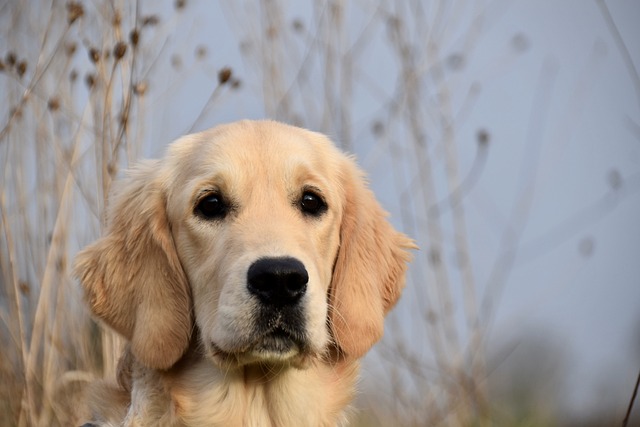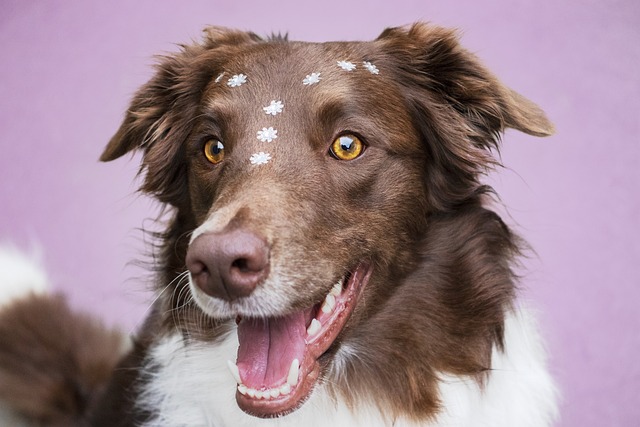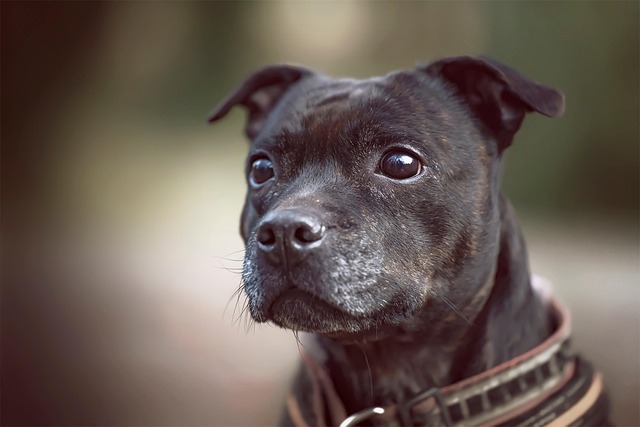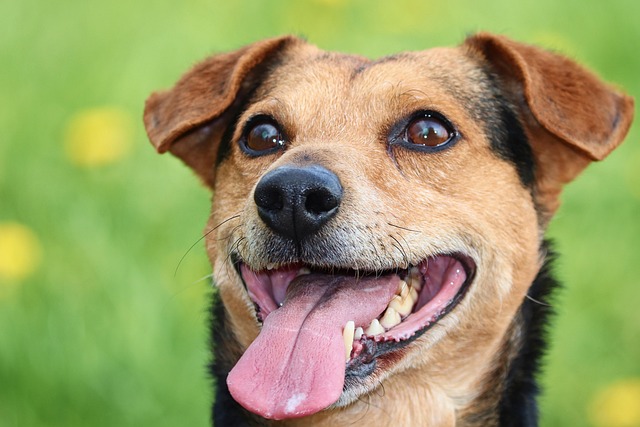When bringing a new puppy into your home, starting training early sets the foundation for a well-behaved companion. Puppies thrive on consistency, patience, and positive reinforcement, so creating a structured routine from day one makes the process smoother for both of you. Let’s dive into actionable steps to begin training your puppy at home effectively.
First, establish a safe space like a crate or pen to help your puppy feel secure. Crate training isn’t about confinement; it’s about creating a den where they can rest without stress. Place a comfy bed inside, leave the door open, and encourage them to explore by putting treats inside. Over time, your puppy will see the crate as a cozy retreat, which helps with potty training and reduces anxiety when you’re away.
Potty training is often the first challenge. Watch for signs like sniffing the floor or circling—those mean it’s time to go outside. Take them to the same spot every time, use a consistent command like “go potty,” and praise wildly when they succeed. Accidents happen, so never scold them; just clean the mess quietly and try again. Consistency here is key—puppies need to go out after eating, sleeping, or playing, so stick to a schedule.
Basic commands like “sit,” “stay,” and “come” form the backbone of training. For “sit,” hold a treat above their head, moving it back slightly so their bottom naturally drops. Say “sit” clearly, give the treat, and pet them when they do it. Repeat short sessions (5-10 minutes) daily because puppies have short attention spans. Use high-value treats like small pieces of chicken or cheese to keep them engaged—positive reinforcement makes learning fun for them.
Socialization is crucial to prevent fear or aggression later. Introduce your puppy to different people, sounds, and environments gradually. Have friends visit gently, let them hear vacuum cleaners or traffic from a distance, and take short walks around the neighborhood. Ensure they’re vaccinated before meeting other dogs to stay safe. Positive experiences during the first few months build confidence, so make each interaction calm and rewarding.
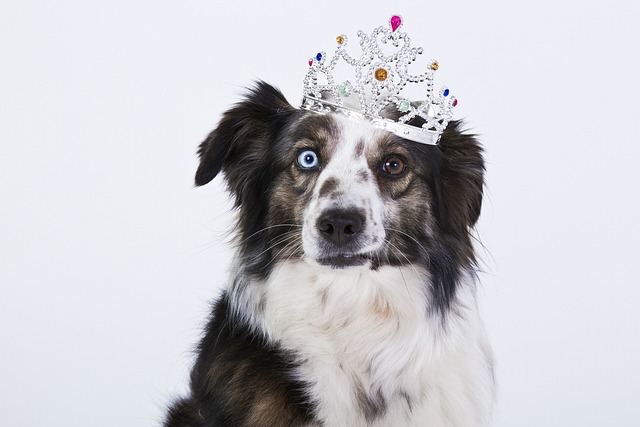
Leash training starts indoors. Let them sniff the leash first, then put it on for short periods, giving treats to associate it with good things. When ready, practice walking inside without pulling—stop moving if they tug, and start again when the leash is loose. Use a harness if they’re small to avoid neck strain. Outdoor walks should be slow at first, focusing on positive associations with the leash rather than distance.
Handling and grooming training prevents future issues. Touch their paws, ears, and mouth daily while giving treats, so they get used to nail trims and vet checks. Brush them gently with a soft brush, making it a bonding experience. Starting these habits early reduces stress for both of you as they grow.
Patience is vital—puppies learn at their own pace, and frustration helps no one. If a session isn’t going well, take a break and try again later. Remember, they’re babies exploring the world, so every training moment is also a chance to build trust. Celebrate small wins, like the first time they sit on command or come when called, as these milestones show progress.
Finally, stay consistent with rules. If you allow them on the couch sometimes but not others, it confuses them. Decide as a family on boundaries (like which rooms they can enter) and stick to them. Puppies thrive on predictability, so clear expectations make training easier for everyone.
Starting puppy training at home is rewarding when done with kindness and consistency. Each step builds a stronger bond, and seeing your puppy learn and grow is worth the effort. Keep sessions fun, be patient with mistakes, and enjoy the journey—you’re creating a lifelong companion who’ll bring joy for years to come.
